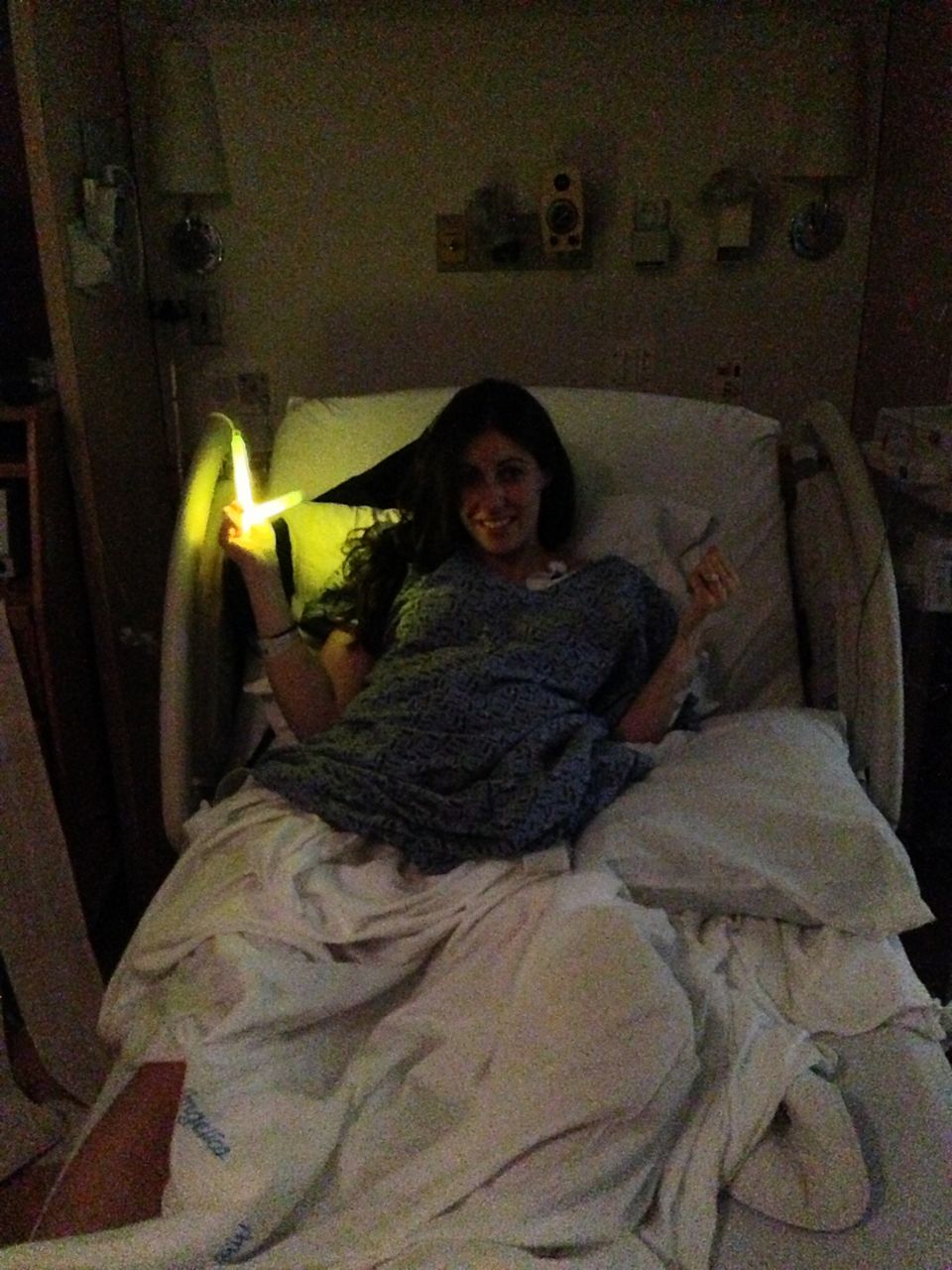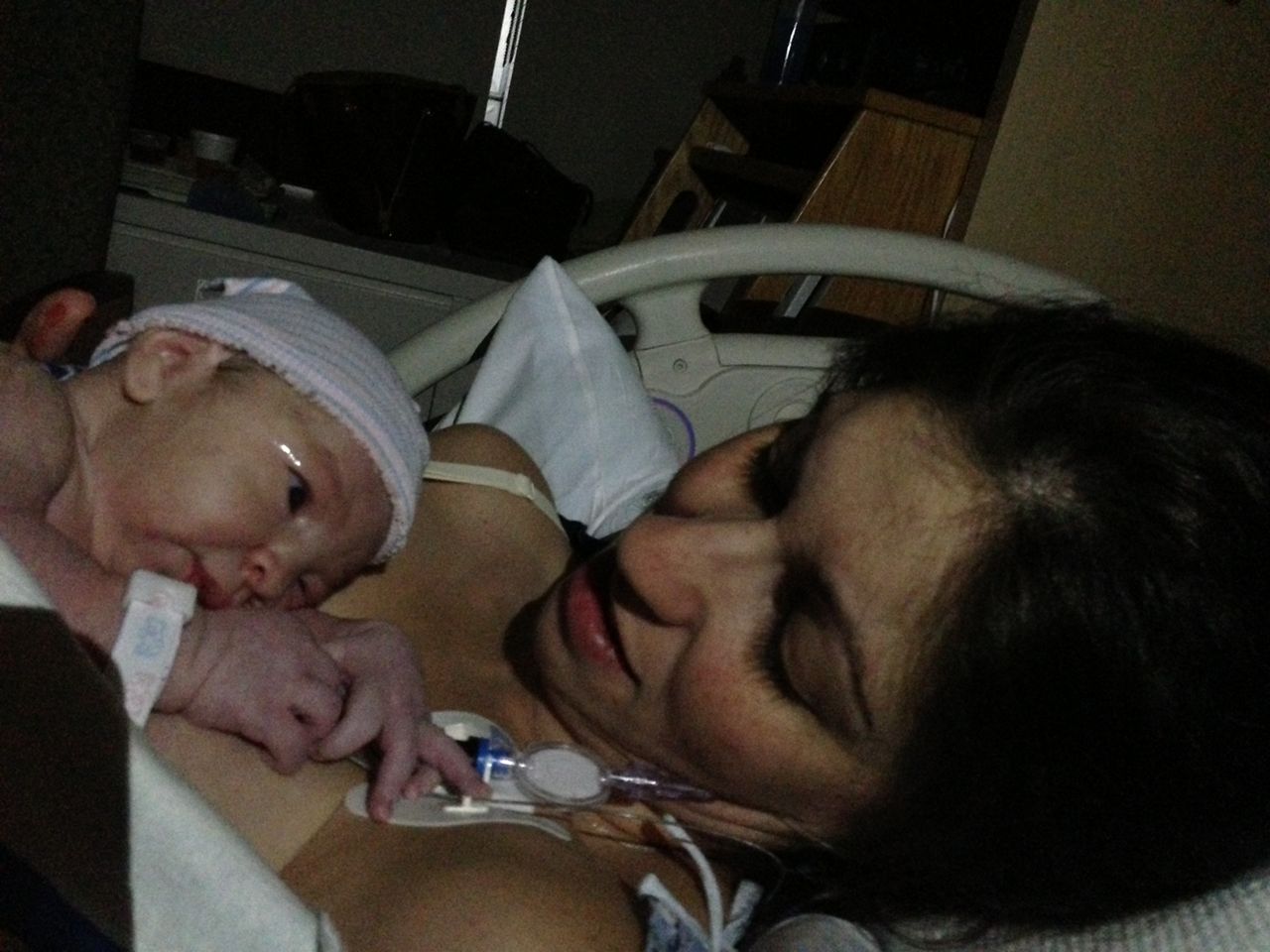Tamar Weinstock was about three-and-a-half weeks out from her due date when she realized she was going into labor. It was Oct. 29, 2012 — the evening that Hurricane Sandy made landfall in New York City.
She lived in Long Island City at the time and was thinking her apartment might get flooded as she headed to NYU Langone Medical Center in Kips Bay.
“That was more on our mind than the hospital potentially getting flooded,” Weinstock said. “You don't think that an institution and a building like that could get impacted. It just seems so secure like you expect it to be resilient.”
That night, the hospital’s lower levels were flooded during the storm surge. The cellar level was completely inundated, and parts of the ground floor flooded as well.
When the power went out, Weinstock ended up delivering her baby without the aid of machines, in a room lit only by glow sticks and flashlights.

“People give birth in a field, like in much rougher conditions than that, so that's what we just kept saying,” Weinstock said. “It's fine — people have been giving birth for millions and millions of years. We can do this without machines.”
Weinstock successfully delivered her son that night at NYU Langone before both she and her newborn were evacuated to Mount Sinai on the Upper East Side.
After the storm, it would be another 59 days before patients would be admitted back into the facility, according to Paul Schwabacher, senior vice president of facilities management at NYU Langone.
Though the hospital had been preparing for this type of storm before it hit, administrators were not prepared for the severity and magnitude of Hurricane Sandy, Schwabacher, who is in charge of implementing resiliency upgrades, said.
“We had thought that we were in better shape than we were and, unfortunately, that wasn't the case,” he said.
Since then, the hospital has made a multibillion-dollar series of resiliency upgrades paid for by a $1.3 billion Federal Emergency Management Agency grant and its own $6 billion capital expansion.
The hospital invested money for what they call its first line of defense with the medical campus’ perimeter barrier.
Typical building construction, made of concrete or bricks, isn’t designed to withhold water force, Schwabacher said.
After Sandy, they reinforced the buildings’ walls to make them stronger and waterproof, “essentially building a big bathtub for our campus,” Schwabacher said. They also built three new buildings, including the Kimmel Pavilion, and the Science Building, which help form the perimeter barrier. All have reinforced, waterproof walls, as well as concrete and flood-proof elevators.
The hospital also installed new steel barriers powered by hydraulics to close off the gaps from doorways and loading docks during a severe storm.
“It’s this whole series of barriers either waterproofing the perimeter wall, the floor slabs or these deployable barriers, which we can put in place quickly in the event of storms coming to close off all the openings, so that's really the first line of defense,” Schwabacher said.
And if all of those measures fail, there are watertight doors between the buildings.
“We have the same thing in the lowest level of our campus, so each building is protected in the event of the neighboring building floods, because all our buildings are interconnected,” he said.
The hospital also completed in 2016 a new energy building, under construction at the time of Sandy, to serve as a major component of the hospital’s backup power system.

The building houses the utility power system on the roof as opposed to the basement, a protective measure in the case of flooding. That power is fed by Con Edison, though if the energy company ended up cutting off power in an emergency situation, the hospital would have to turn to another power source.
There are a number of other redundant power systems in place at the hospital now to prevent potential power loss. The backup systems have been moved from the cellar to higher floors.
Hospital resiliency upgrades are costly and not all hospitals are able to implement as many needed improvements as Langone. Some city-run facilities have been making resiliency upgrades at a slower pace because of financial constraints.
“Langone really kind of, if I could characterize it just a little bit, made lemonade out of lemons,” Andrew Dahl, vice president for emergency preparedness and response at Greater New York Hospital Association, said.
And while experts like Dahl say hospitals “have all been in different stages of putting up flood mitigation and resiliency efforts,” he says that there needs to be more recognition and urgency at all levels of government for more funding to be made available for this.
“Times are changing, climate change is real, and infrastructures really have to be fortified,” Dahl said.
Jamie Stelter and Tess Tarantino contributed to this report.



